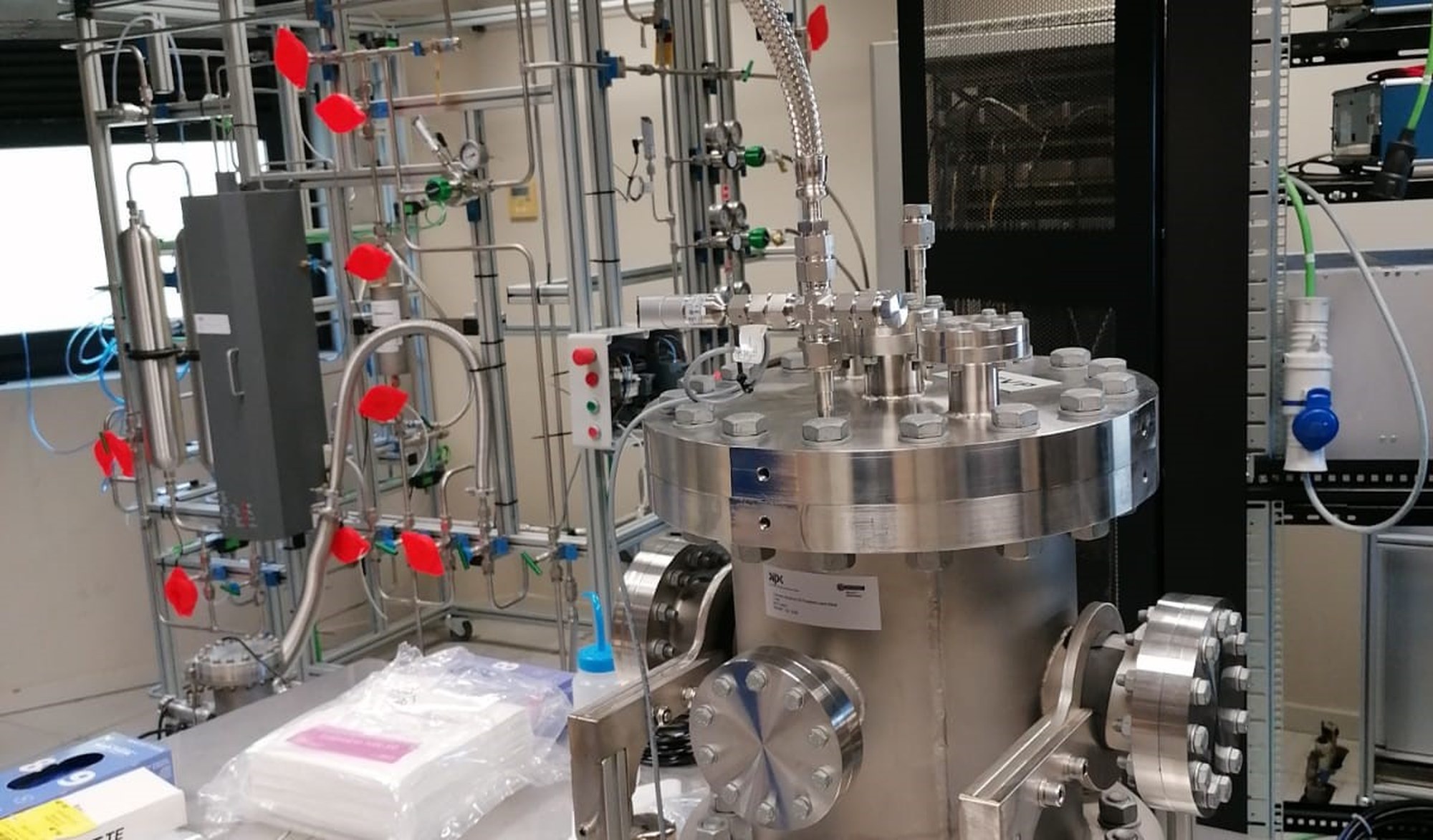Gaseous Detectors for Neutrino Physics at the ESS

Internship
Type of Project: Experimental
Location: Donostia
Supervisors:
Francesc Monrabal, Ander Simón
This research project aims to advance neutrino detection capabilities through the development and implementation of innovative gaseous detectors at the European Spallation Source (ESS). Neutrinos, elusive elementary particles with negligible mass and no electric charge makes them extremely challenging to detect. Leveraging the world-class facilities at ESS, this project focuses on designing, constructing, and optimizing gaseous detectors specifically tailored for the coherent neutrino interaction channel.
The detectors will exploit the unique features of gaseous mediums to enhance sensitivity to neutrino signals. The project involves a multidisciplinary approach, based on the development of gaseous detector technology. This includes the development and operation of high voltage connection, optical sensors, data acquisition, etc.
One of the main objectives of the current phase of the project is to evaluate the minimum energy threshold of this technology as it will be crucial to exploit the physics of this interaction. In this direction, the work expected to be carried by the student at the DIPC will be a combination of hardware activities at the lab, working with the first prototypes being operated at the DIPC, but also software activities that include Monte-Carlo Simulation and analysis. We also expect the student to learn different tools of analysis and calculation of particles moving and interacting with the detector.
